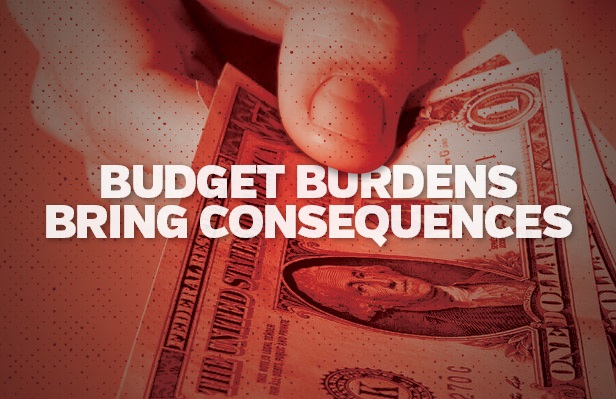Media

Debt Ahead, but Reform Is Coming, Too
The General Assembly is on the verge of authorizing HB 785, which could add more than $1.2 billion to the state’s debt load. The legislation would amend the Capital Facilities Debt Enabling Act to permit additional borrowing for a variety of public projects.
Lawmakers are considering this budget-related bill, a version of which passes periodically and is rarely scrutinized, at a time when the legislature and governor are already planning to borrow billions of dollars to eliminate the budget deficit. This new borrowing would add to the state’s debt explosion.
General Obligation Debt alone has increased by nearly 97 percent since 2002. This upward trend means more tax dollars are being diverted to cover past purchases rather than staying in the pockets of working Pennsylvanians or providing for the core functions of state government.
To their credit, House members, led by Speaker Mike Turzai, have worked to reduce Pennsylvanians’ debt burden. In an earlier version of HB 785, the House included a few provisions to chip away at the state’s debt obligations. The provisions would have lowered the debt limit on the Redevelopment Assistance Capital Program (RACP), imposed annual borrowing limits on RACP and Public Improvement Projects (PIP), and prioritized debt payments to reduce interest charged to taxpayers.
Unfortunately, the Senate stripped two of these provisions from the bill earlier this week, leaving just a reduction in RACP’s debt limit. Had the Senate not removed the provisions, the bill could have saved taxpayers more than $450 million in annual debt service.
The House did amend the Senate’s version by further reducing the debt limit for RACP, but they did not reinsert the other two provisions. A stricter RACP debt limit is worth celebrating, but there is more work left to do.
Lawmakers should continue their efforts to reduce Pennsylvania’s debt burden, which stands at approximately $52 billion or $4,071 per person as of 2016. In addition to debt reform, embracing innovation in other areas of state government—like education, corrections, and human services—is crucial to setting up Pennsylvaninans for success.